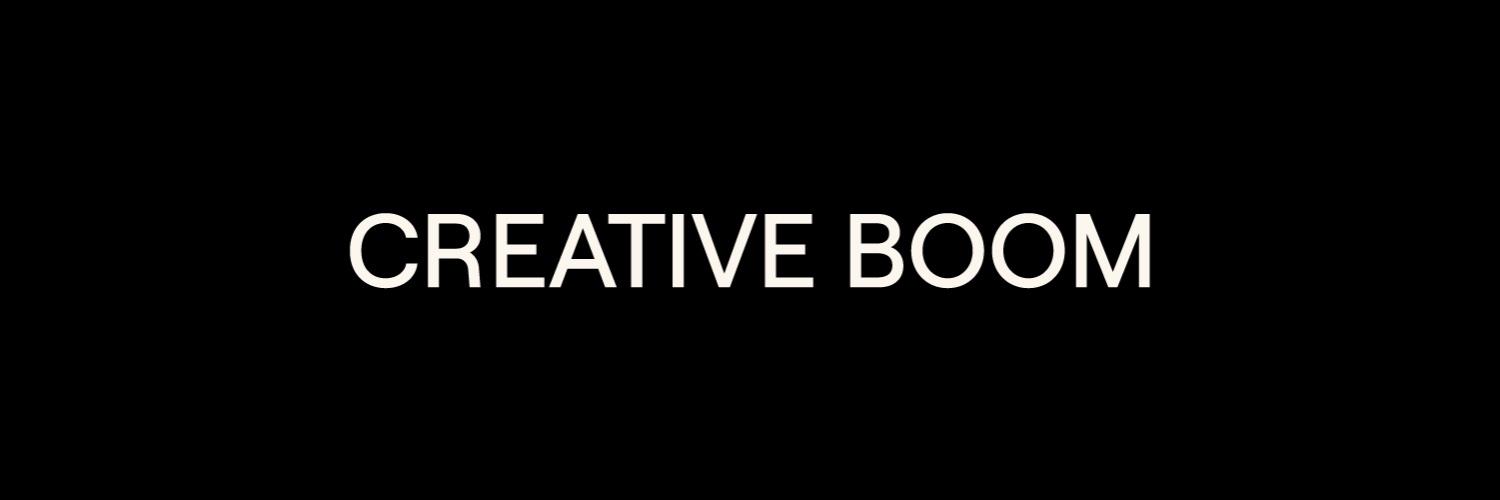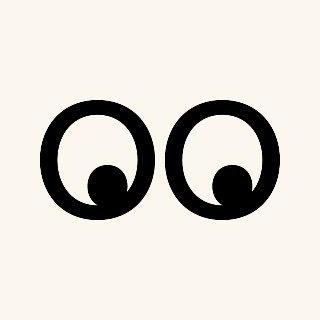


Celebrating creativity since 2009 👀
CommunityManchester, Englandcreativeboom.comJoined July 2009
CommunityManchester, Englandcreativeboom.comJoined July 2009
194 أشخاص أعجبو بهذا
0 المنشورات
0 الصور
0 الفيديوهات



